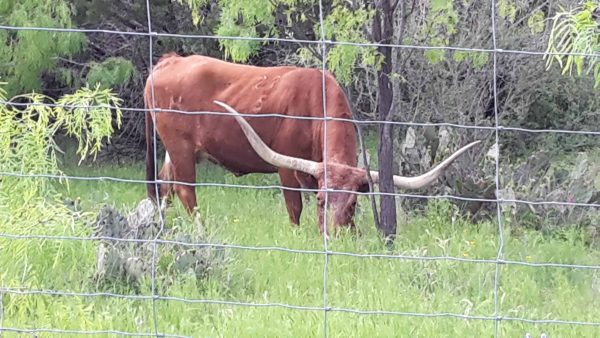Texans voted for a constitutional ban against imposing a state income tax in an election held in November 2019. The situation until then had been murky on the issue of a personal income tax relying upon something called the “Bob Bullock Amendment” which allowed the Legislature to set a personal income tax, but only if voters approved it via a statewide referendum and if the new revenue was used exclusively for school property tax cuts and education programs.
Which leads us to the question — how does Texas fund itself?
Tell us, Big Red Car, how does Texas fund that beast?
The answer is thusly:
1. Texas financial affairs are managed by the Comptroller of Public Accounts who oversees the collection of taxes (we have about 60 taxes, but no income tax), fees, and assessments.
2. In 2019, Texas collected a total of $127,900,000,000 from all sources.
3. Generally, the sources of revenue are:
Sales tax – $34,000,000,000 (26.6% of total revenue)
Taxes on a variety of things such as oil/natural gas production, cigarettes, motor vehicles – $25,400,000,000 (19.8%)
Federal funding of Medicaid/Medicare – $41,900,000 (32.8%) <<< this always surprises me, of course it is our own tax dollars coming back to us after shaving 26% in value off to collect them
Sundry other lesser sources of revenue like the state lottery
Spending, Big Red Car?
As to spending, Texas spends its revenue thusly:
37% for education
23% for health and human services
The balance for transportation, prisons, and a myriad of other expenses
The above gives you a good taste of the money flows in Texas.
What else, Big Red Car?
Allow me one more peel of the onion, please.
1. Texas has independent school districts which fund themselves both from state grants and property taxes
2. Counties, cities, local districts (hospitals, utilities, and others) also levy a 2% sales tax and property taxes)
But, dear reader, it isn’t all gravy.
1. Nationwide, folks paid 3.1% of income to property taxes and 3.5% of income to sales taxes
2. Meanwhile, in the Lone Star State, folks paid 3.7% of income to property taxes and 4.5% of income to sales taxes — but, zero income tax.
Bottom line it, Big Red Car — I have places to go, people to meet, Zooooooooom!
There are seven states in the United States that do not levy an income tax. This is by design no accident. This one feature may account for the growth of Texas in a meaningful way. Consider the possibilities.
There are several other considerations worthy of noting.
1. Texas does not tax groceries because of the disproportionate burden that would impose on low income citizens.
2. Texas has a balanced budget.
3. Texas’ Legislature comes into town every other year. I have always thought this was a great system and one that with a balanced budget requirement provides an insurmountable hurdle against profligate spending as it cannot be fixed “next year.”
4. Texas is a low regulation business environment.
All of the above explains why folks like Elon Musk have moved to Texas, not just their personal residences, but also their businesses.
So, now y’all know.
But, hey, what the Hell do I really know anyway? I’m just a Big Red Car and I don’t have any income, but I do have to pay for registration and inspection.
